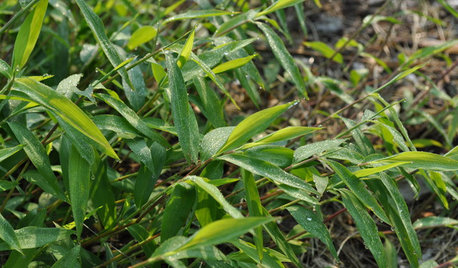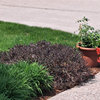black vine weevil active on rhodies
Marie Tulin
10 months ago
Related Stories

GARDENING GUIDESThe Essential Weed Hit List
Learn how to recognize and control 5 weedy plants that have achieved invasive status throughout the U.S.
Full Story
KITCHEN DESIGN9 Questions to Ask When Planning a Kitchen Pantry
Avoid blunders and get the storage space and layout you need by asking these questions before you begin
Full Story
FLOWERS AND PLANTSHelp Monarchs and Other Butterflies by Planting Common Milkweed
Summer-blooming Asclepias syriaca is an important larval host plant for the monarch butterfly and attracts a number of pollinating insects
Full Story







gardengal48 (PNW Z8/9)
davidrt28 (zone 7)
Related Professionals
Carlisle Landscape Architects & Landscape Designers · Harvey Landscape Architects & Landscape Designers · Gainesville Landscape Contractors · Danvers Landscape Contractors · Farmington Landscape Contractors · Mount Vernon Window Contractors · Port Chester Window Contractors · Ramona Driveway Installation & Maintenance · Round Lake Beach Driveway Installation & Maintenance · Inwood Decks, Patios & Outdoor Enclosures · South Houston Decks, Patios & Outdoor Enclosures · Spokane Decks, Patios & Outdoor Enclosures · Woodinville Landscape Architects & Landscape Designers · Point Pleasant Landscape Contractors · Sammamish Landscape ContractorsMarie TulinOriginal Author